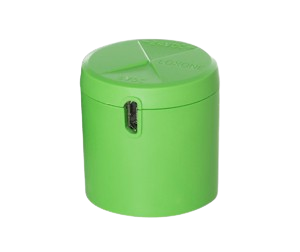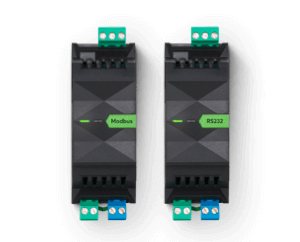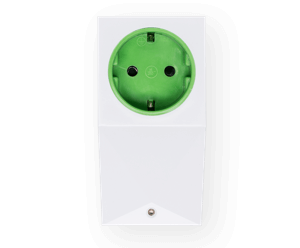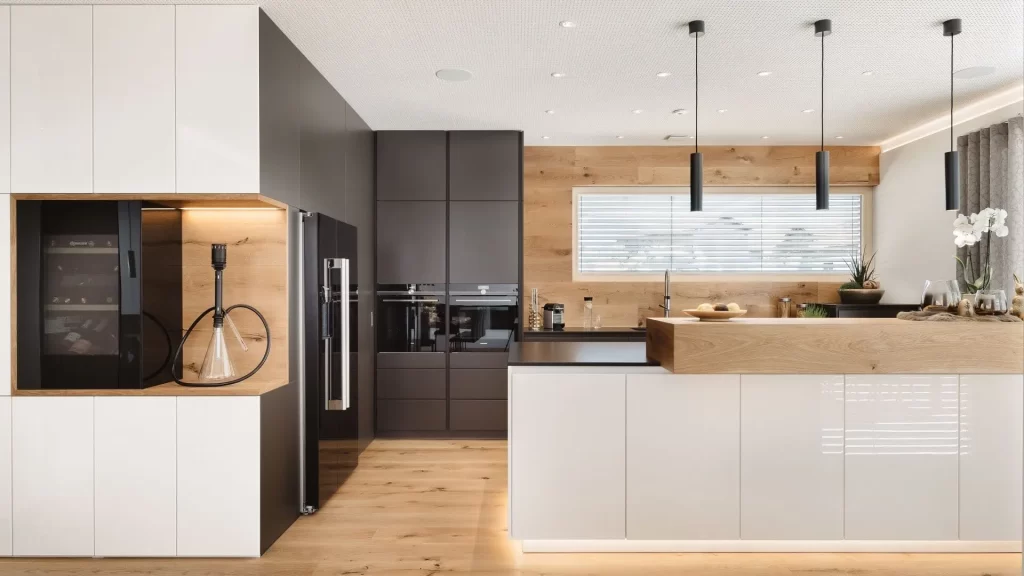
A Guide to Lighting Basics
Where do I start?
Before you start planning the placement of light fixtures in your home, take some time to consider the specific lighting needs of each room. To do this effectively, ask yourself these questions:
- Room type: Is the room primarily used for work, relaxation, or other specific activities? Understanding the room’s function will help you choose the appropriate lighting intensity and style.
- Lighting function: Do you need bright, general lighting to illuminate the entire room or more focused task lighting for specific activities? Consider the level of visibility required for each area of the room.
- Lighting versatility: Do you prefer the flexibility of adjustable lighting to create different moods or is a single light source sufficient for your needs? Consider your preferences for ambiance and control over the lighting environment.
What light sources should I use in each room?
After identifying your lighting needs for each room, explore the various lighting sources available to fulfill those requirements. Here are some examples of lighting sources and their common applications:

LED Spots
LED ceiling spots are excellent choices for providing ambient lighting in a room. Arranged in a grid pattern, these fixtures emit focused, directional light that can brighten specific areas or illuminate entire surfaces. For instance, in a kitchen, LED ceiling spots can effectively illuminate the overall space while providing concentrated light over countertops. Adjustable LED ceiling spots offer the added benefit of creating diverse lighting moods by controlling brightness and color temperature.

Ceiling Lights
Ceiling lights, like ceiling spots, serve as excellent sources of ambient lighting. The primary distinction lies in their light distribution: ceiling lights emit a softer, diffused illumination that gently fills a room, while ceiling spots provide focused, directional lighting. A single ceiling light can adequately illuminate a smaller room up to 15 square meters. Like adjustable ceiling spots, dimmable and color-adjustable ceiling lights offer the versatility to create diverse lighting moods. These fixtures are ideal for bedrooms, home offices, or utility rooms.

Suspended/Pendant Lighting
Pendant lights are a popular choice for accent lighting, particularly above dining tables. These fixtures provide focused illumination while adding a decorative touch to the space. For a dramatic statement, consider a cluster of pendant lights in a double-height room. Beyond their functional role, pendant lights can serve as eye-catching design elements, seamlessly integrating with the overall interior décor.
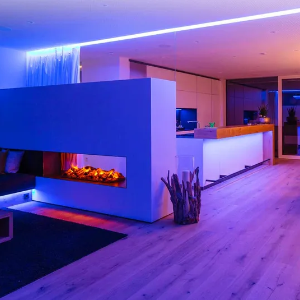
LED Strip
LED strip lights offer a versatile and adaptable lighting solution that can fulfill both task lighting and ambient lighting needs. Their flexible nature allows for creative placement, adding a touch of style and functionality to various spaces. For instance, LED strips can be installed behind a headboard to provide a soft glow for reading or ambiance, or they can be discreetly mounted under kitchen cabinets or behind a bathroom mirror to enhance task lighting and overall aesthetics.
A quick look at different light types
LED Spots
LED lights are poised to revolutionize home lighting. Their energy efficiency, extended lifespan, and remarkable versatility make them an ideal choice for modern lighting design. Our entire smart lighting range incorporates cutting-edge LED technology to deliver exceptional performance and sustainability.
Halogen
Halogen lights dominated the market for over five decades, but with the rise of energy-efficient LEDs, their era is gradually coming to an end. While halogen lights once held the spotlight, their diminished popularity stems from their inferior performance compared to LEDs. LEDs surpass halogen lights in terms of energy efficiency and lifespan, making the transition to LED technology a clear advantage.
Energy-saving bulbs
Compact Fluorescent Lamps (CFLs), often referred to as “energy-saving bulbs,” are readily available in similar shapes and sizes as traditional incandescent bulbs. While CFLs have gained popularity as a more energy-efficient alternative to incandescents, they come with certain limitations. CFLs may require a “warm-up” period to reach their full brightness, making them less suitable for applications that demand instant illumination. Additionally, CFLs are not ideal for dimming or producing cooler white light tones.
Important light values
After determining the appropriate light source and type, you can delve into the specific characteristics to ensure you select the right option. These characteristics encompass the light’s brightness, color temperature (warm, neutral, or cool), color rendering index (CRI), and color appearance. With so many factors to consider, where do you begin? Here’s a breakdown of these characteristics and some guidelines for making informed decisions:
Light Output / Illuminance (Lux)
Illuminance, measured in units of lux, represents the amount of light reaching a particular point from a specific light source. Essentially, it quantifies the intensity of light. By understanding the intended use of a space, you can determine the appropriate illuminance level. For instance, in a study with a typical ceiling height of 2.4 meters, where reading and writing tasks occur, an illuminance of 500 lux is recommended for optimal performance. Similarly, in a kitchen, an illuminance of 300 lux is suitable, while in bedrooms, 150 lux is generally sufficient.
Luminous Flux (Lumen)
Lumens represent the brightness of a light source, replacing the previous standard of wattage. A light source with a lumen rating of 1600 would approximate the brightness of a traditional 100-watt incandescent bulb. To determine the appropriate lumen level for a particular space, it’s advisable to consult with a smart home installer, lighting designer, or architect. However, as a general guideline, aim for 500 lumens per 25 square feet.
Color Rendering Index (CRI)
Color Rendering Index (CRI), measured on a scale of 0 to 100, quantifies how accurately a light source reproduces the natural colors of objects under illumination. Imagine observing a bowl of fruit under natural sunlight compared to artificial light. To achieve a color rendering identical to natural sunlight, a CRI of 100 is required. For indoor home lighting, a CRI of 80 or above is generally considered sufficient, as lower values may result in noticeable color distortion, making colors appear less vibrant or rich.
Color Temperature (Kelvin)
Color temperature, measured in Kelvin (K), describes the perceived warmth or coolness of white light. A “Warm White” light falls within the range of 2500K to 3300K, emitting a yellowish-orange hue. For a more neutral white light, a color temperature of around 3500K is suitable. As the color temperature increases beyond 3500K and into the range of 5000K, the light transitions to a “Cool White” with a bluish tinge. Beyond 5500K, the light increasingly resembles natural daylight, ranging from the warm sunlight of a clear day to the cooler tones of an overcast sky.
Beam Angle
Beam angle indicates the width of the illuminated area created by a light source. For residential applications, a beam angle of approximately 35° from a Warm White (WW) light is typically suitable. However, for color-changing lights (RGBW), a wider beam angle of around 100° is recommended to achieve overlapping illumination and create a more consistent lighting effect throughout a room.
Dimmability
Dimmability is an essential consideration when selecting light sources for spaces where adjustable lighting is desired. Ensure that the chosen light sources are dimmable if this capability is required. Even for white-only lights, dimmability provides flexibility for creating different lighting moods within a room.
Energy Rating
When selecting light sources, it’s crucial to consider both environmental impact and energy efficiency. To ensure you’re making an informed choice, check the energy label of each product. Not all “energy-saving” bulbs are created equal. We recommend prioritizing lights with an energy efficiency rating of ‘A’ or higher.



